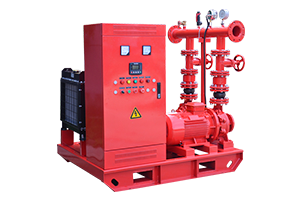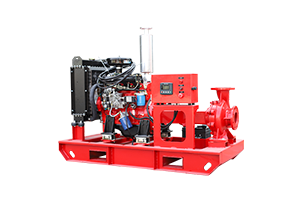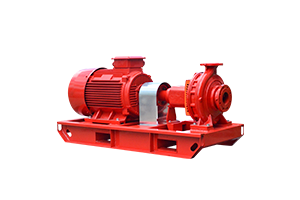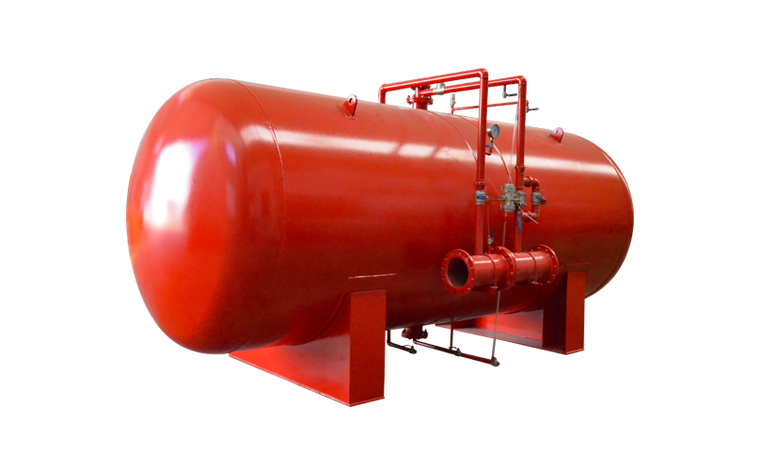-
 Apr 24, 2024How do I troubleshoot common issues with firefighting pumps?Troubleshooting firefighting pump issues requires a systematic approach to identify and address the problem effectively. Here's a step-by-step guide:
Apr 24, 2024How do I troubleshoot common issues with firefighting pumps?Troubleshooting firefighting pump issues requires a systematic approach to identify and address the problem effectively. Here's a step-by-step guide:
View details -
 Apr 23, 2024What are the primary components of a firefighting pump system?A firefighting pump system consists of several essential components that work together to provide water flow and pressure for extinguishing fires. The primary components include:
Apr 23, 2024What are the primary components of a firefighting pump system?A firefighting pump system consists of several essential components that work together to provide water flow and pressure for extinguishing fires. The primary components include:
View details -
 Apr 23, 2024What are the different power sources for firefighting pumps?Firefighting pumps can be powered by various sources to ensure reliable operation in different situations. Some common power sources for firefighting pumps include:
Apr 23, 2024What are the different power sources for firefighting pumps?Firefighting pumps can be powered by various sources to ensure reliable operation in different situations. Some common power sources for firefighting pumps include:
View details -
 Apr 22, 2024What safety precautions should I take when using a firefighting pump?When using a firefighting pump, safety precautions are crucial to prevent accidents and ensure effective firefighting operations. Here are some key safety measures to consider:
Apr 22, 2024What safety precautions should I take when using a firefighting pump?When using a firefighting pump, safety precautions are crucial to prevent accidents and ensure effective firefighting operations. Here are some key safety measures to consider:
View details -
 Apr 22, 2024How long can a firefighting pump operate continuously?The continuous operation time of a firefighting pump depends on factors such as the pump's capacity, the availability of a water source, and the ambient temperature. Some pumps are designed for continuous operation, while others may need to be periodically shut down for cooling and maintenance.
Apr 22, 2024How long can a firefighting pump operate continuously?The continuous operation time of a firefighting pump depends on factors such as the pump's capacity, the availability of a water source, and the ambient temperature. Some pumps are designed for continuous operation, while others may need to be periodically shut down for cooling and maintenance.
View details -
 Apr 19, 2024What are the future challenges and opportunities facing the fire protection industry in relation to fire pump systems?The fire protection industry faces several challenges and opportunities in relation to fire pump systems as it evolves to meet changing needs and technologies. Here are some future challenges and opportunities:
Apr 19, 2024What are the future challenges and opportunities facing the fire protection industry in relation to fire pump systems?The fire protection industry faces several challenges and opportunities in relation to fire pump systems as it evolves to meet changing needs and technologies. Here are some future challenges and opportunities:
View details






